Tao of tea. Illustrated analysis of the "Chinese Charter"/Дао чая. Иллюстрированный разбор "китайской грамоты"
During the tea ceremony on the table is a huge number of seemingly completely meaningless items. I propose to fill them with the meaning, trying to understand their purpose by the example of my treasure ("our charms, gollum, gollum ...").
Во время проведения чайной церемонии на столе находится огромное количество на первый взгляд совершенно бессмысленных предметов. Предлагаю наполнить их смыслом, попытавшись разобраться в их предназначении на примере моего сокровища («нашей прелести, горлум, горлум…»).

"In the picture you can see a lot of clay pieces, obviously natyrennyh from the set of children's dishes. All this variety is located on a wooden box, which for some reason the jigsaw has damaged the top cover." Approximately so describe the image of a normal person, far from our topic. What is really here?
"На снимке можно увидеть много глиняных штуковин, явно натыренных из набора детской посудки. Всё это многообразие располагается на деревянной коробочке, у которой лобзиком зачем-то испорчена верхняя крышка". Примерно так опишет изображение нормальный человек, далёкий от нашей темы. Что же здесь на самом деле?
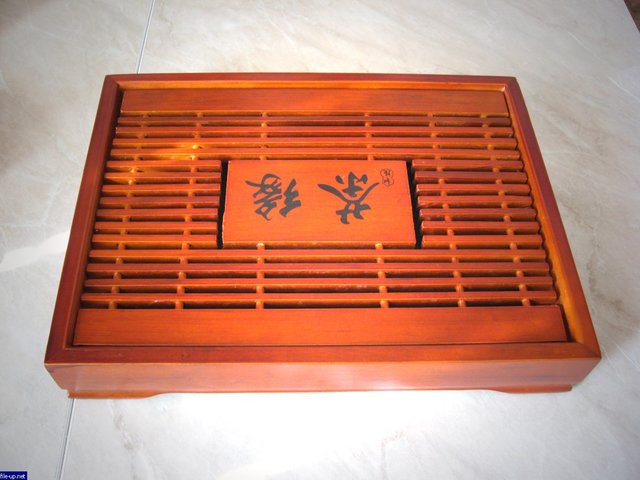
Cha bath is a tea board, inside of which there is a plastic pallet where the water is used, which is used during the ceremony of warming up the dishes. And, in principle, quite a convenient thing - everything is arranged, each subject has its own place. Handsomely? Handsomely.
Ча бань – чайная доска, внутри которой пластиковый поддон, куда сливается вода, использующаяся во время церемонии прогревания посуды. И, в принципе, достаточно удобная вещь – всё расставили, у каждого предмета своё место. Красиво? Красиво.
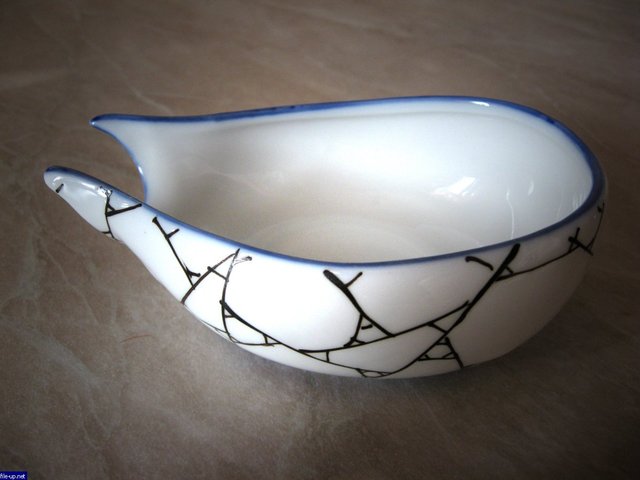
Cha he - capacity for acquaintance with tea. In it, pour tea leaf, inhale its aroma, examine the twisted leaves (in the picture it is a white bowl).
Ча хэ – ёмкость для знакомства с чаем. В неё насыпают чайный лист, вдыхают его аромат, рассматривают скрученные листочки (на снимке – это белая плошка).

Cha-hoo is a teapot. I think that comments here are superfluous. I will only mention the important points that need to be remembered when choosing cha chu:
- the spout should be on the same level as the upper border of the teapot (it can be higher, but not lower, otherwise water will drain out from it when brewing);
- the handle should not be hollow (so that you do not burn yourself with hot infusion),
- the cap does not allow water to pass through the vertical position of the teapot; sufficiently tightly close (otherwise the tea will not pour out not only from the spout).
Ча ху – заварочный чайник. Думаю, что здесь комментарии излишни. Укажу лишь на важные моменты, о которых надо помнить, выбирая ча ху:
1) носик должен быть на одном уровне с верхней границей чайничка (можно выше, но не ниже, иначе при заваривании из него будет вытекать вода),
2) ручка не должна быть полой (чтобы вы не обжигались горячим настоем),
3) крышечка не пропускать воду при вертикальном расположении чайника, т.е. достаточно плотно закрываться (в противном случае чай будет литься не только из носика).
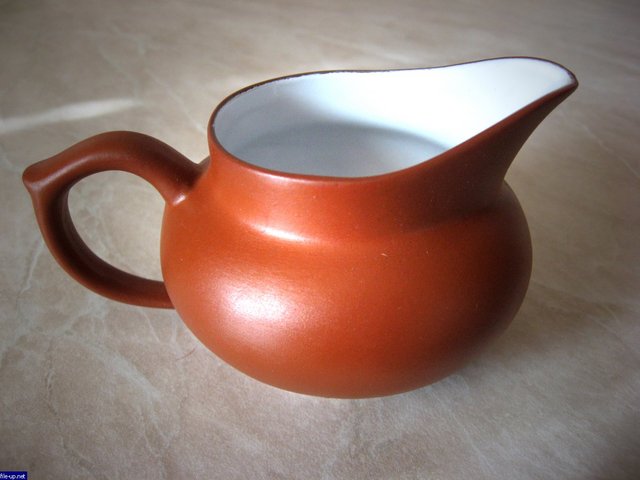
Cha hai - "the sea of tea" or "the cup of justice." The name says about the destination. If the beverage is immediately poured into the bowls, the contents of the first of them will be very different from the contents of the latter by saturation. In order to avoid this injustice, tea is first poured into the chai, where it is evenly mixed, only then by the pialles.
Ча хай – "море чая" или "чаша справедливости". Название говорит о предназначении. Если напиток из ча ху сразу разливать в пиалки, то содержимое первой из них будет сильно отличаться от содержимого последней по насыщенности. Во избежание этой несправедливости чай сначала переливают в ча хай, где он равномерно перемешивается, лишь затем – по пиалам.

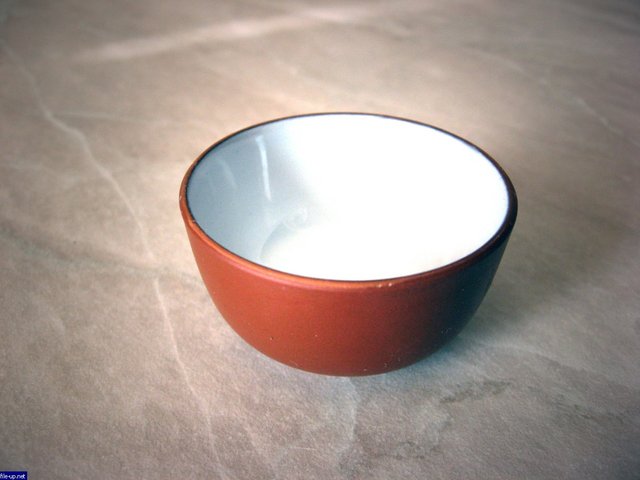
Ping Ming Bei and Weng Xiang Bay - a tea pair consisting of two bowls of different shapes. The tea is poured into a high (wen hsiang), then covered with a wide (pin min), this entire structure gently flips over, the tall one is taken out from the wide one and lifted to the nose. We inhale the tea aroma. And from the pin min bai drink himself a drink. If we drink tea without all these ceremonies, then we use only wide, in this case it is called simply - cha bey. The smaller the bowl, the more attention is paid to the taste, aroma, aftertaste of the drink. In addition, in small cups hot tea cools faster, and the risk of burning is practically reduced to zero.
Пин мин бэй и вэн сян бэй – чайная пара, состоящая из двух пиалок разной формы. Чай наливается в высокую (вэн сян), затем накрывается широкой (пин мин), вся эта конструкция аккуратно переворачивается, высокая вынимается из широкой и подносится к носу. Вдыхаем чайный аромат. А из пин мин бэя пьём сам напиток. Если пьём чай без всех этих церемоний, то пользуемся только широкой, в этом случае она называется просто – ча бэй. Чем меньше пиала, тем больше внимания уделяется вкусу, аромату, послевкусию напитка. Кроме того в маленьких чашечках горячий чай быстрее остывает, и риск обжечься практически сводится к нулю.
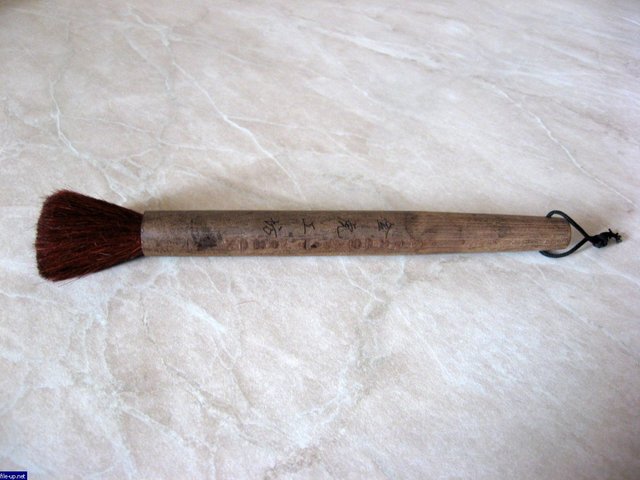
Yanhubi - a brush. It does not draw anything, it is designed to water a teapot from drops of water (I'm serious). This is done in a circular motion and draws the attention of the participants to the ceremony.
Янхуби – кисточка. Ею ничего не рисуют, она предназначена для промакивания чайничка от капель воды (я серьёзно). Делается это круговыми движениями и привлекает внимание участников церемонии к ча ху.
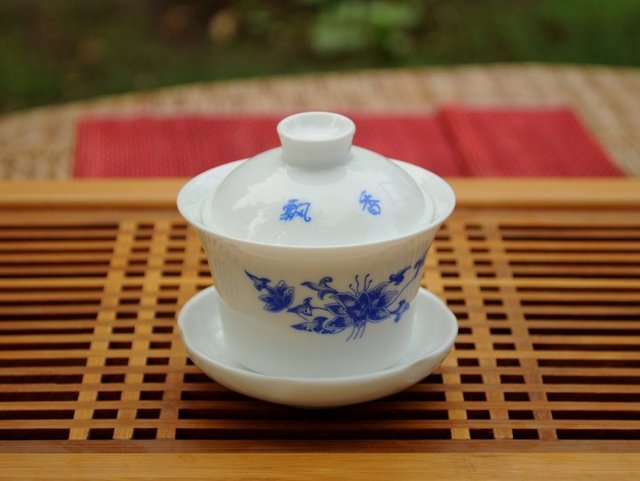
Many tea lovers prefer to brew and drink a drink from a special device with a beautiful name - gaiwan. From the Chinese language, the title of the subject can be translated as "a bowl of three bases", because There is a gaiwan of three elements: stands, cups and covers. In gaiwan, tea can be simply brewed, and then poured on pialkam, and you can immediately drink the resulting infusion directly from it. I do not have it, I take a picture from the Internet.
Многие любители чая предпочитают заваривать и пить напиток из специального приспособления с красивым названием – гайвань. С китайского языка название предмета можно перевести как «чаша трёх основ», т.к. состоит гайвань из трёх элементов: подставки, чашки и крышки. В гайване чай можно просто заварить, а потом разлить его по пиалкам, а можно сразу пить получившийся настой прямо из неё. У меня её нет, беру снимок из интернета.
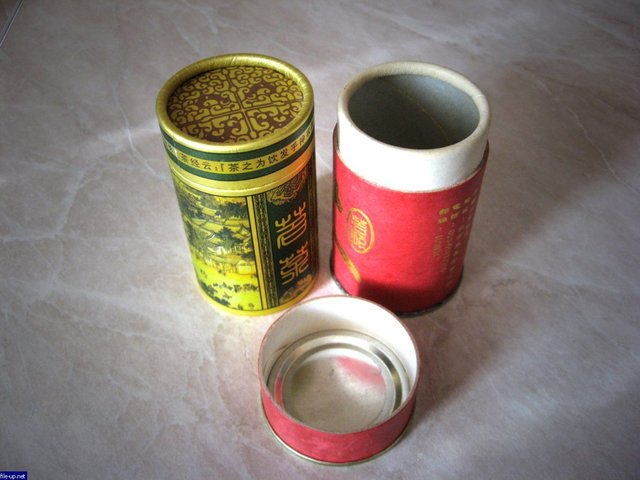
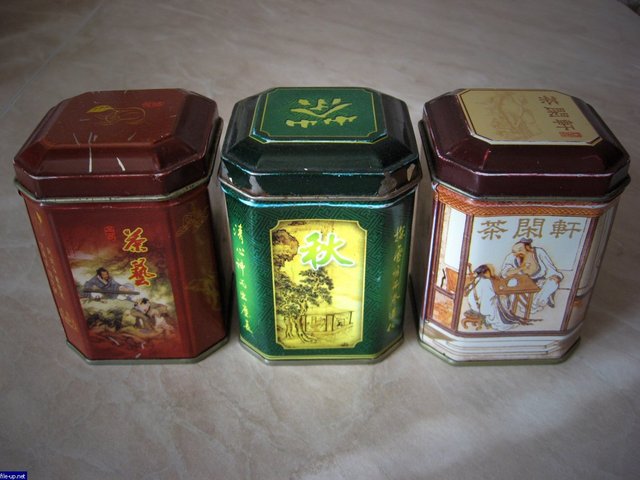
Cha iguan is a tea-pot or a container for storing tea leaves. Can be made of their glass, sheet metal, cardboard or porcelain. I have all the options, except the most expensive (porcelain). In principle, it does not matter which of the listed tea is stored. The main thing is that the sun's rays do not fall on it, the lid closes tightly, and there are no sources of strong odors next to it.
Ча егуань – чайница или ёмкость для хранения чайного листа. Может быть сделана их стекла, жести, картона или фарфора. У меня есть все варианты, кроме самого дорогого (фарфора). В принципе не важно, в чём из перечисленного хранится чай. Главное, чтобы на него не попадали солнечные лучи, крышка плотно закрывалась, и рядом не было бы источников сильных запахов.
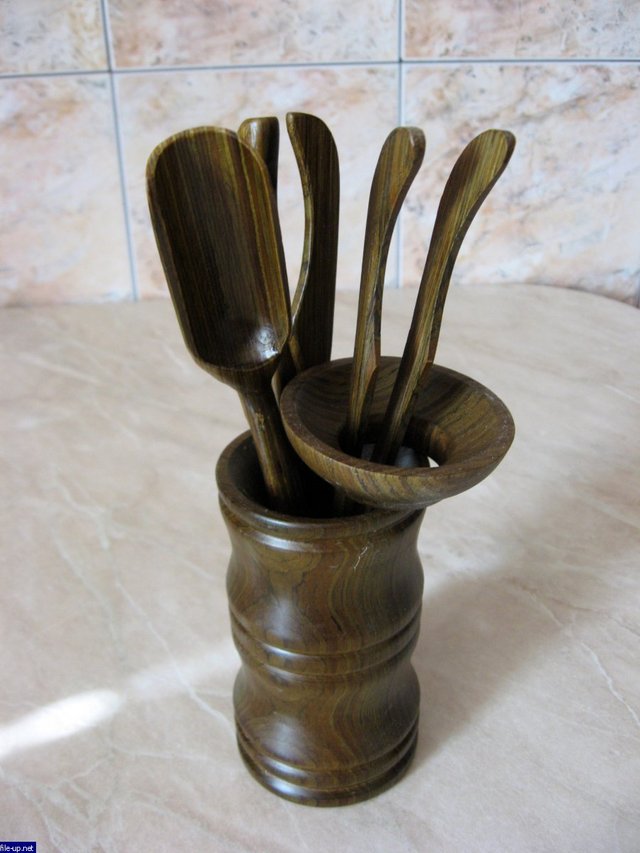
A separate topic is the tools for the tea ceremony (cha jiu). They have a ritual character and are not used in the usual tea drinking (at least, by me). The composition of the chasu consistently includes the following subjects:
Отдельная тема – инструменты для чайной церемонии (ча цзюй). Имеют скорее ритуальный характер и при обычном чаепитии не используются (по крайней мере, мною). В состав ча цзюй неизменно входят следующие предметы:
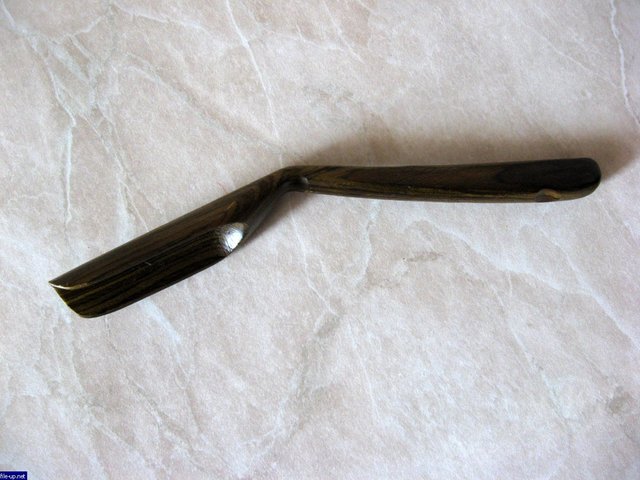
cha chi - a large spoon for transferring tea from the can, where it is stored, to the chahe;
ча чи – большая ложка для перекладывания чая из банки, где он хранится, в ча хэ;
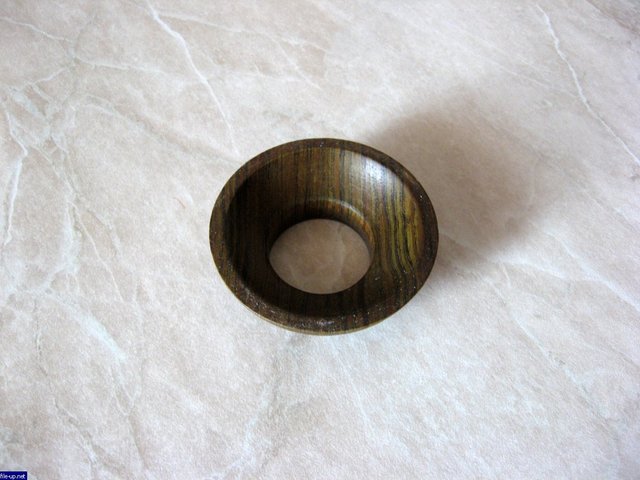
cha syyanlo - a funnel for pouring tea after getting to know him from the cha-chae to cha hu (you noticed that you almost do not get confused in the terminology? Well, at least you understand what I'm talking about)
ча сяньло - воронка для пересыпания чая после знакомства с ним из ча хэ в ча ху (заметили, что вы уже почти не путаетесь в терминологии? ну, по крайней мере, понимаете, о чём я говорю)

while we are helping ourselves with a small cup that looks more like a narrow spatula;
при этом мы помогаем себе маленькой ча чи, которая больше похожа на узкую лопаточку;

cha tzan - awl or needle (wooden) for cleaning the nozzle cha hu;
ча цзань – шило или игла (деревянные) для чистки носика ча ху;
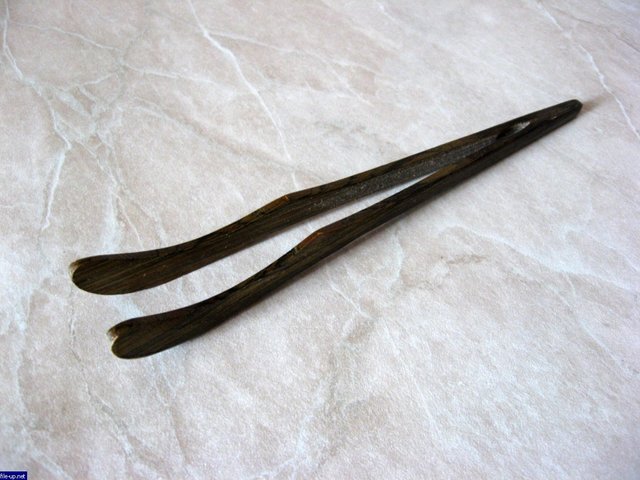
chia tzu - tongs, the purpose of which is not to get burned with hot water while warming up the dishes, as well as taking out the used tea leaf from the tea.
I can only add the finishing touches to this majestic picture of the tea machine.
Cha chin is a tea towel, it is wrapped in tea at the very beginning of the tea ceremony, and tea is a tea rag, the purpose of which does not differ from the purpose of ordinary kitchen rags.
Now you know almost everything about tea ware. Why "almost"? I think that even the Chinese themselves do not know everything.
Have a nice tea!
цзя цзы – щипцы, предназначение которых заключается в том, чтобы не обжечься горячей водой во время прогревания посуды, а так же вынимания из ча ху использованного чайного листа.
Мне остаётся лишь добавить последние штрихи к этой величественной картине чайной машины.
Ча цзинь – чайное полотенце, в него заворачивают ча ху в самом начале чайной церемонии, и ча бу – чайная тряпочка, предназначение которой ни чем не отличается от предназначения обычных кухонных тряпочек.
Теперь вы знаете почти всё о чайной посуде. Почему «почти»? Думаю, что всё не знают даже сами китайцы.
Приятного чаепития!
You got a 25.00% upvote from @nado.bot courtesy of @filinpaul!
Send at least 0.1 SBD to participate in bid and get upvote of 0%-100% with full voting power.
Здорово,спасибо,так подробно,и так интересно!
на здоровье! любимая тема )))
You got a 5.01% upvote from @minnowvotes courtesy of @filinpaul!
You got a 3.39% upvote from @brupvoter courtesy of @filinpaul!
You got a 20.00% upvote from @bodzila courtesy of @filinpaul! Join our Discord Channel https://discord.me/SteemBulls for support & feedback
Thank you so much for using our service! You were protected from up to 40% losses!
Help us grow by delegating to us! 100sp, 500SP, 1000SP, ANY SPYou just received 8.91% upvote from @onlyprofitbot courtesy of @filinpaul!
Your Post Has Been Featured on @Resteemable!
Feature any Steemit post using resteemit.com!
How It Works:
1. Take Any Steemit URL
2. Erase
https://3. Type
reGet Featured Instantly & Featured Posts are voted every 2.4hrs
Join the Curation Team Here | Vote Resteemable for Witness
This post has received a 12.99% upvote from @lovejuice thanks to @filinpaul. They love you, so does Aggroed. Please be sure to vote for Witnesses at https://steemit.com/~witnesses.
Congratulations @filinpaul! You have completed some achievement on Steemit and have been rewarded with new badge(s) :
Click on any badge to view your own Board of Honor on SteemitBoard.
To support your work, I also upvoted your post!
For more information about SteemitBoard, click here
If you no longer want to receive notifications, reply to this comment with the word
STOPDo not miss the last announcement from @steemitboard!